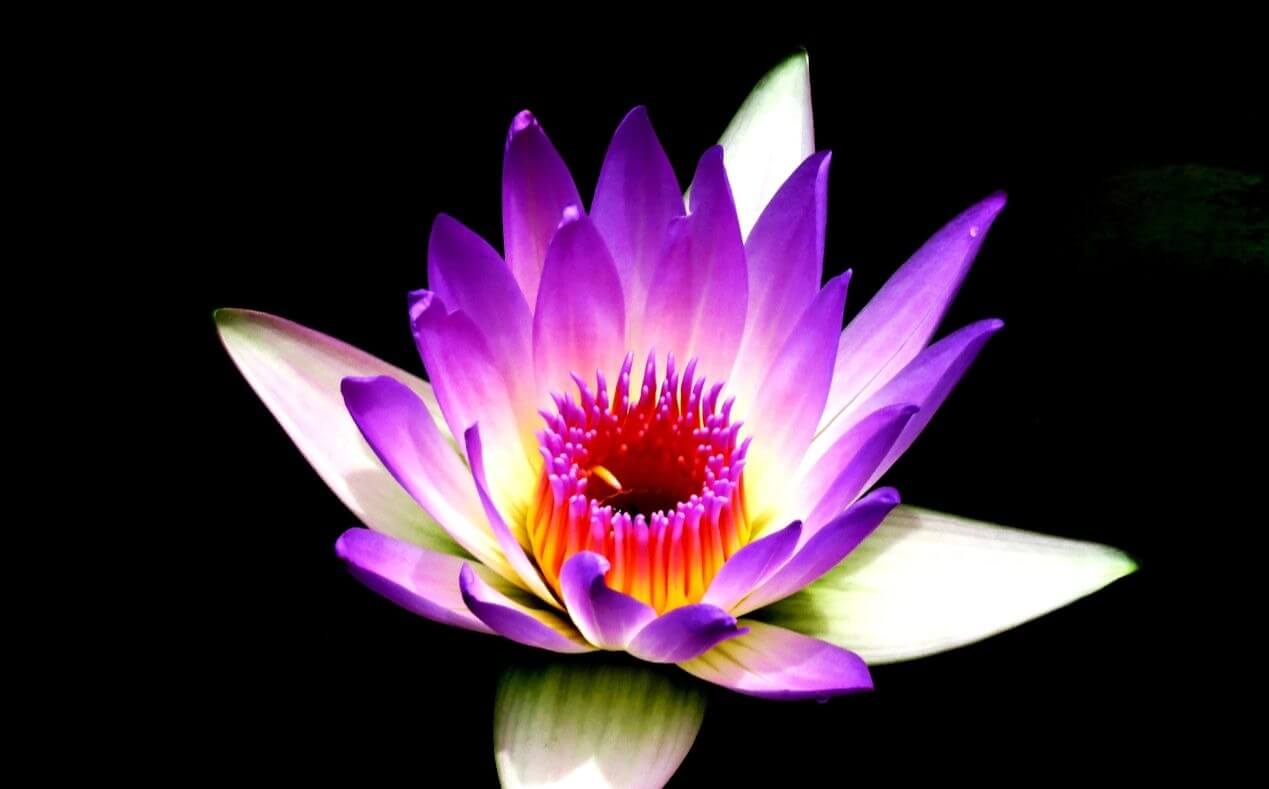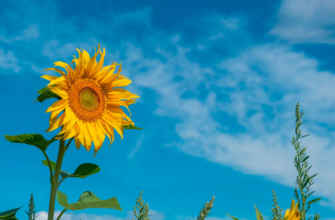In Sanskrit, Ayurveda means “The Science of Life” and is considered the sister science of yoga. The Ayurvedic practices focus on harmonizing the body with nature through diet, herbal remedies, yoga, meditation, exercise, lifestyle, and body cleansing.
Ayurvedic knowledge originated in India more than 5,000 years ago and is often called the ‘Mother of All Healing’. It stems from the ancient Vedic culture and for thousands of years was taught in an oral tradition by accomplished masters to their disciples.
The wisdom of the Ayurvedic healing methods has been passed down through ancient Indian spiritual texts, called the ‘Vedas’. There are four primary Vedas, each of which describes the principles of health, disease, and treatment.
The Rig Veda (also known as Rik Veda or Rigveda), is one of the oldest known books of the Indo-European languages.
The Rig Veda contains philosophical verses on the nature of existence, as well as information on the three fundamental human constitutions (see ‘doshas’ below). It discusses the use of herbs to heal the mind and body and how to maintain youthful vitality.
At the heart of Ayurveda is the principle of ‘doshas’, which are the metabolic types or bodily humors that make up a person’s constitution.
The doshas are the essential forces behind an individual’s physical, mental, and emotional health. Everyone has his or her particular balance of these elements, which is their unique dosha. There are three doshas, ‘Vata, Pitta, and Kapha. If you would like to define your dosha, it is recommended that you consult with an ayurvedic doctor.
An Ayurvedic Lifestyle
Dosha imbalances are often the result of poor diet and unhealthy lifestyle habits. Ayurveda seeks to restore equanimity by treating the whole person, not just the symptoms of the imbalance.
A typical Ayurvedic lifestyle plan includes:
Diet
Recommendations are based on the seasons and each person’s unique temperament. Certain foods will balance or create imbalance. Fresh vegetables, whole grains, and certain legumes, nuts, and dairy products can provide healthy stabilization for each dosha. In general, though, the recommendations to prevent imbalances for each dosha are:
- Vata: Limit cold, crunchy, and salty foods and carbonated and caffeinated drinks.
- Pitta: Limit spicy, fried, and meaty foods and excessive alcohol.
- Kapha: Limit creamy, sweet, and overly heavy foods and drinks.
Exercise
Regular exercise is vital for overall health and well-being. In Ayurveda, the type, intensity, and amount of physical activity required are determined on an individual basis.
Yoga & Meditation
Calming the mind and learning to listen to the body are essential techniques for becoming more in tune with nature. Practising yoga and meditation helps all doshas become more balanced.
Cleansing
Internal cleansing is often done through fasting and diets, though some practitioners also include enemas. External cleansing is done daily, typically using oils, a natural-bristle body brush, and tepid water.
Massage
Massage and self-massage are not just luxuries in Ayurveda, but essential parts of daily life! A soothing touch nourishes the emotions and spirit, while physically encouraging healthy blood circulation and the release of toxins.
Herbs
Herbs are an important part of Ayurveda, used in everything from cooking, tea, and medicine, to aromatherapy. Examples of Ayurvedic herbs include Triphala, Ashwagandha, and Gotu Kola.
Finding Balance in Everyday Life
Holistic health is available to everyone! Integrating yoga and Ayurveda into your everyday life can result in peace and well-being in your mind, body, and spirit.













